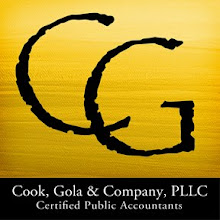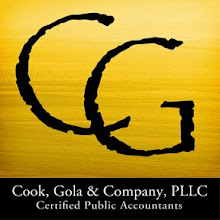What makes the IRS hone in on a nonprofit organization? It can be as small as a simple mistake made while filling out the annual 990 or as large as management collusion. For those who fall in the former category, here is a list of a few issues the IRS may target in an audit:
Internet
Be careful about using the Web. The IRS watches Internet activity related to politics, lobbying, and income received from advertisements. Virtual charities and Web-based fundraising are also under increasing scrutiny.
Worker Classification
Employee or independent contractor? Use caution when classifying workers. Nearly half of past nonprofit audits have faced headaches due to independent contractors. Organizations tend to classify workers as independent contractors, when in fact, they should be classified as employees. This misclassification can lead to back taxes, penalties and interest.
Joint Ventures
This area has always been highly scrutinized by IRS audits. When nonprofits and for profits combine, the line separating charity and profit becomes skewed. The most examined joint venture tends to be between nonprofits and for profit health care organizations.
Fringe Benefits
Make sure to include fringe benefits in the taxable compensation of managers. Employers often forget to include onsite parking, employer provided automobiles, and employer provided living accommodations in taxable pay.
Gambling fundraisers
Fundraisers are a common way for nonprofits to raise money. Gambling fundraisers, in particular, are a well-known way to bring in some quick cash. However, hosting a bingo night or casino night can sometimes lead to taxable income known as unrelated business income. Hosting too many of these events can even cause an organization to lose their tax exempt status.
Be cautious, be smart, and don’t gamble with the IRS.
--LeAnn Carlson





